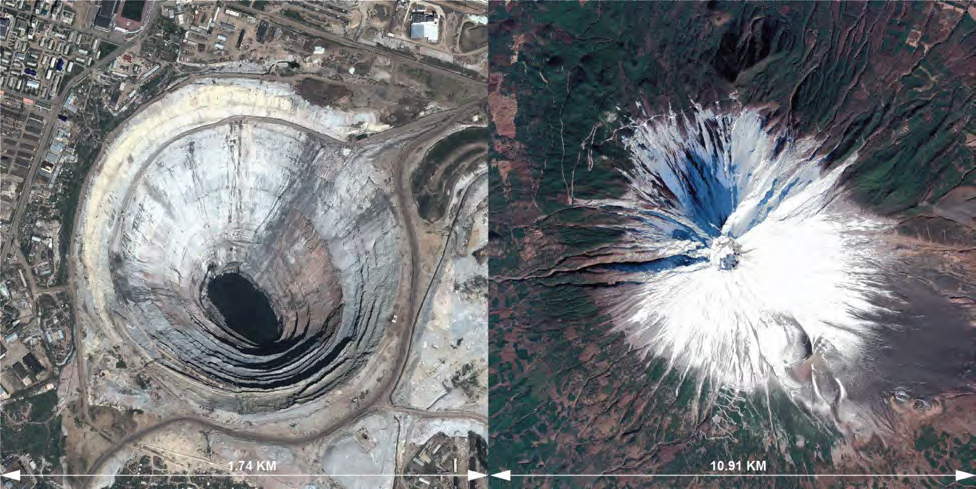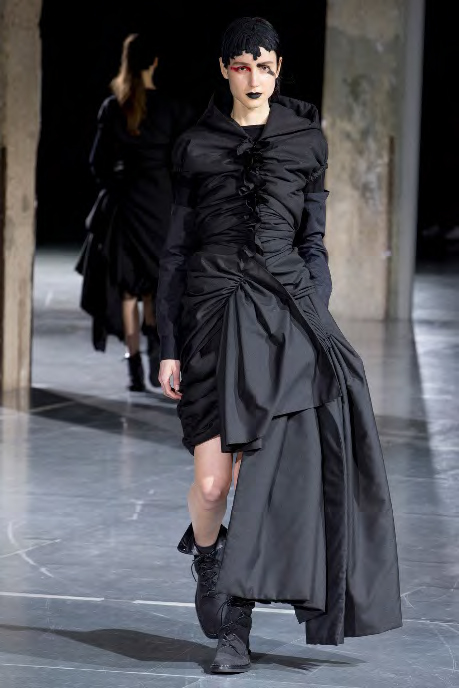Spring 2022 Vertical Studios Explore Pattern Making, Poetries, and Photographs

Nick Cave, Soundsuits at Carriageworks in Sydney, Australia, 2016, reference image for Florencia Pita's spring 2022 vertical studio, Fragments
SCI-Arc’s biannual vertical studio lottery commenced in late January with an exciting round of faculty presentations for the current spring 2022 semester. This year’s vertical lottery studio offerings remain a reflection of SCI-Arc’s emphasis on architectural thinking—namely, how the study of architecture can be influenced and enriched by other disciplines, such as art, ecology, global politics, social advocacy, science, and others.
As in previous semesters, SCI-Arc faculty delivered detailed presentations outlining the overall briefs for each studio, after which students from each of the school’s undergraduate, graduate, and postgraduate programs made selections and were assigned by algorithm to studios according to their choice rankings. Vertical studio participants engage a variety of subjects through the lens of architecture, while being afforded the opportunity to study with renowned faculty, visiting architects, and experts from other fields.
Spring 2022 vertical studios included a wide breadth of topics, ranging from how the concept of alternative facts and constructions of reality can be applied to architecture, to the role of “ground” in sociopolitical and environmental contexts as well as design, to how pattern making as a sculptural form in fashion can be mapped so easily onto the process of large-scale, three-dimensional building.
Comparing garment patterns to structural design, Jenny Wu’s studio, “Pattern Making: From 2D to 3D” proposes the conceit that “while architects have often referenced couture fashion as inspirations for their work, very few have studied closely the translation of three-dimensional, sculptural pieces from its flat pattern.” Wu’s spring 2022 studio expands upon her vertical studio last semester, in which students looked at the relationships between exterior textile-like surfaces, shrouds, and inner figures, with an emphasis on techniques of assembly drawn from pattern making. This year, students “will mine this exploration for its precise methodology and the unique quality of forms that are generated,” looking at the work of Japanese fashion designers, Rei Kawakubo of Comme des Garcons and Yohji Yamamoto, who have challenged the traditional relationship between clothing and the body throughout their careers.
In his Spring 2022 vertical studio, entitled “Unstable Grounds: Oblique Forms Reconsidered for Social, Political, Cultural, and Environmental Engagement,” Marcelo Spina explained that “by focusing on the [existing] ground, the studio aims to deal with both disciplinary and specialized aspects of our field, but also with critical environmental and social questions of our present-day world. During this studio, which borrows ideas of the “oblique” from Paul Virilio and Claude Parent Architecture Principle, students will imagine a museum of the near future as a small city, by conceiving its grounds as a cultural destination and expanding its reach beyond its physical perimeter, as well as “engage the discipline of architecture by revisiting a problem, that of the oblique, which registered an important formal innovation in architectural theory in a period wherein architecture and culture began to intersect.”

L to R: Mir Mine (Inactive Open Pit Diamond Mine), Mirny, Russia Mount Fuji (Active Volcano), Honshu Island, Japan, reference image for Ramiro Diaz-Granados's vertical studio, Not a Mountain: Strategies of Extraction
In a presentation on his studio “Not a Mountain: Strategies of Extraction,” Ramiro Diaz-Granados offered students the proposition of focusing on Digital Terrain Models (DTM), or models that present architecture with another kind of source material that is image-driven. With images that form DTM’s as composites of satellite radar height maps and aerial photographs that are stitched together, the satellites extract data represented in the form of imagery as a renewable resource, but from a vast distance. In accordance with Walter Benjamin’s notion of the aura and “how nature produces the effect of a distance, not unlike the aesthetic effect of the sublime,” students will select a mountain peak and convert its image data to a digital terrain model at a scale of 1:10,000, then work through techniques of substantiating the surface through problems of thickness, performance, and structure.


